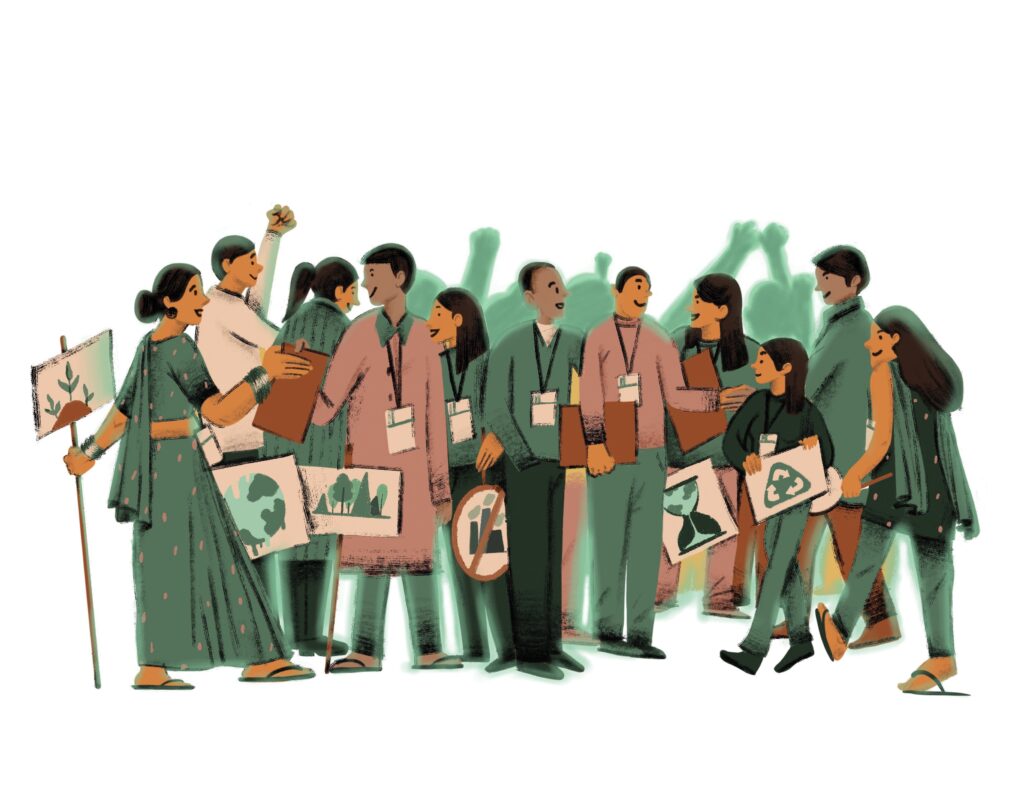
Perspectives

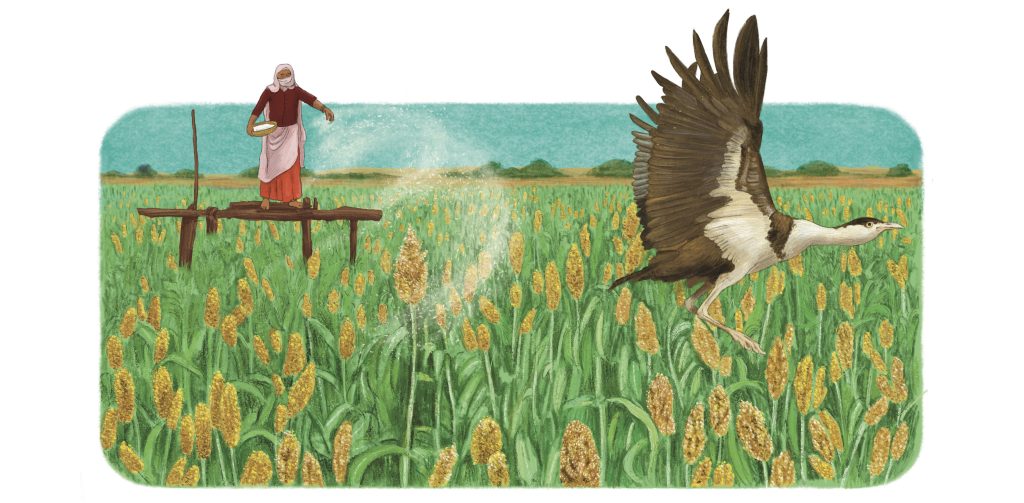
The great Indian bustard is on the precipice
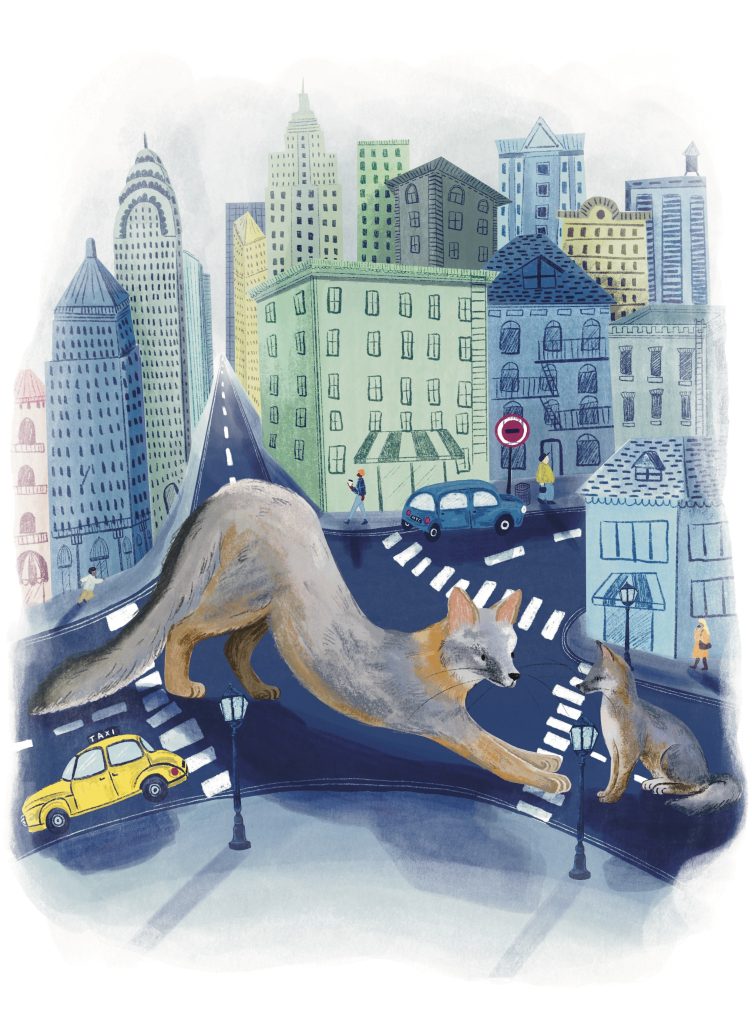
When helping wildlife hurts
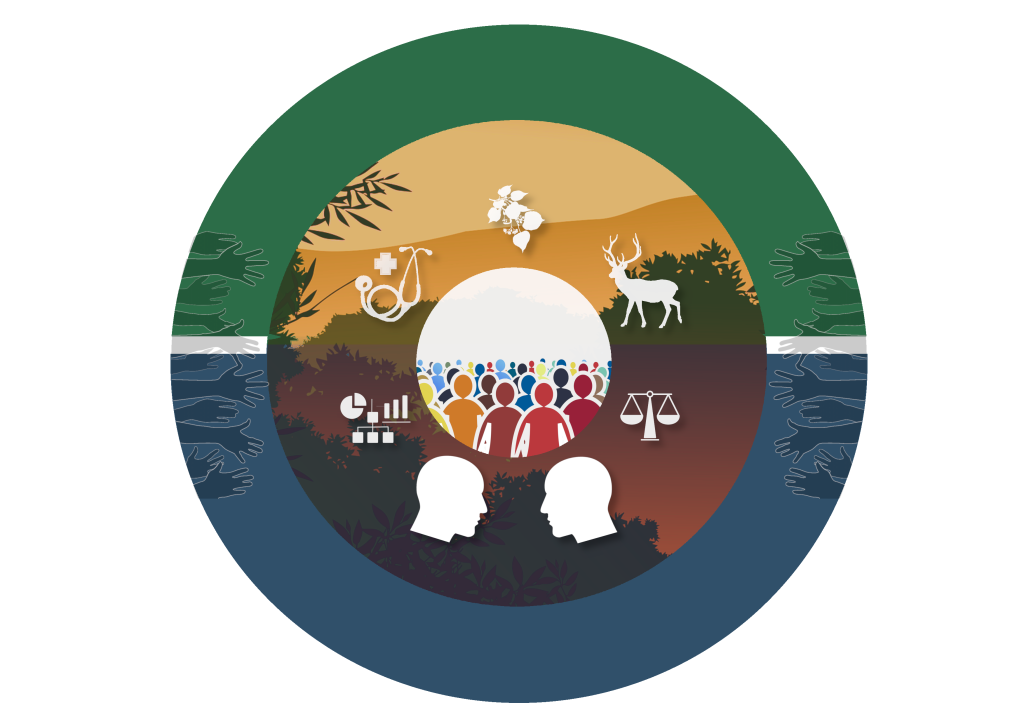
Why democratic efforts matter in managing forests and our health
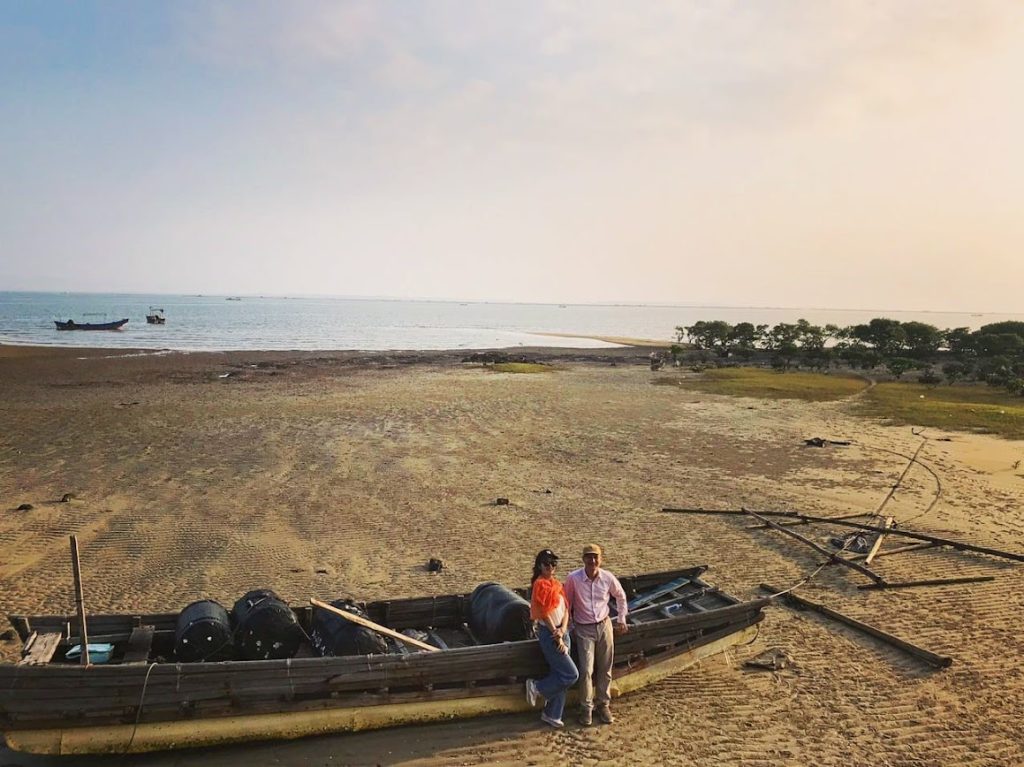
A life-long humanistic journey to conservation practices
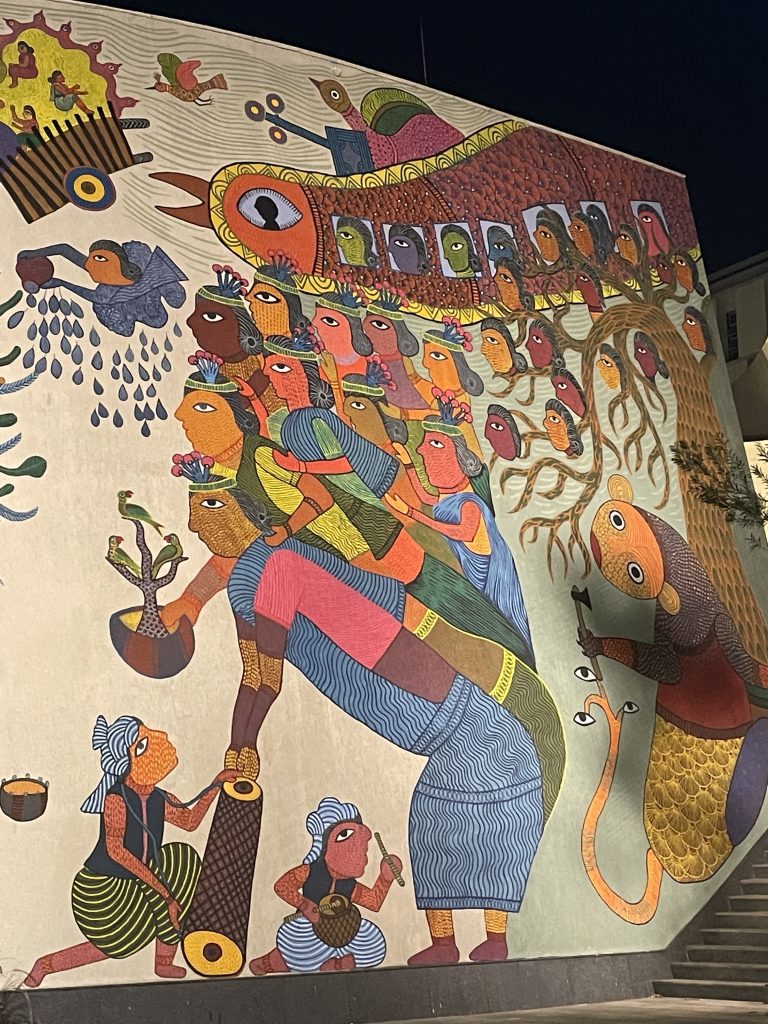
Beyond Cynicism: Navigating the Complex Pathways of Ecology Education
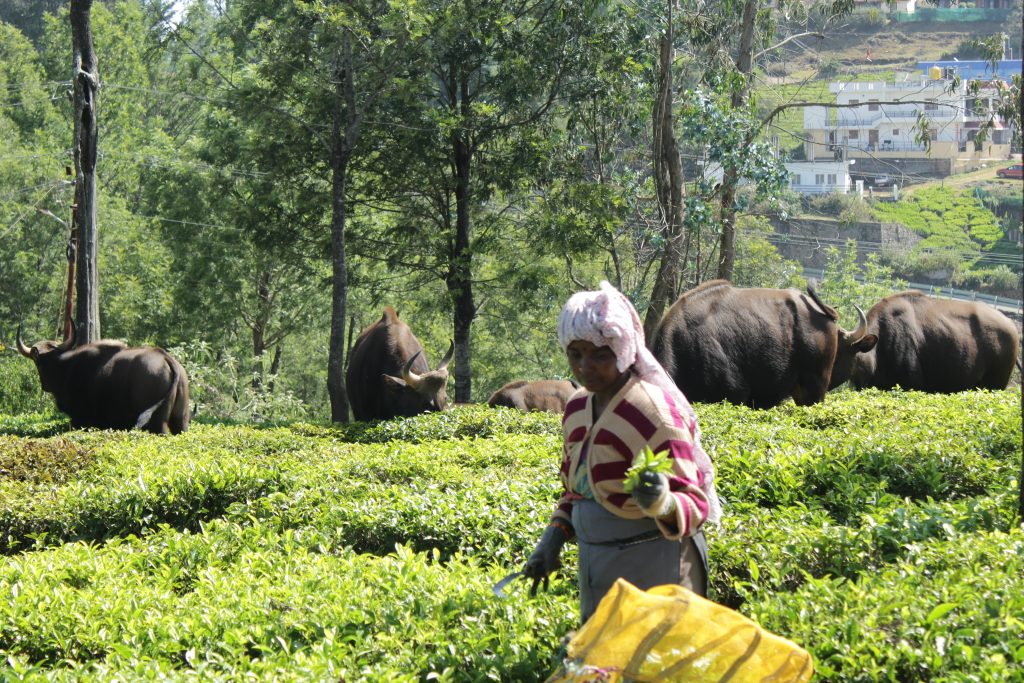
The great gourmands of Kotagiri
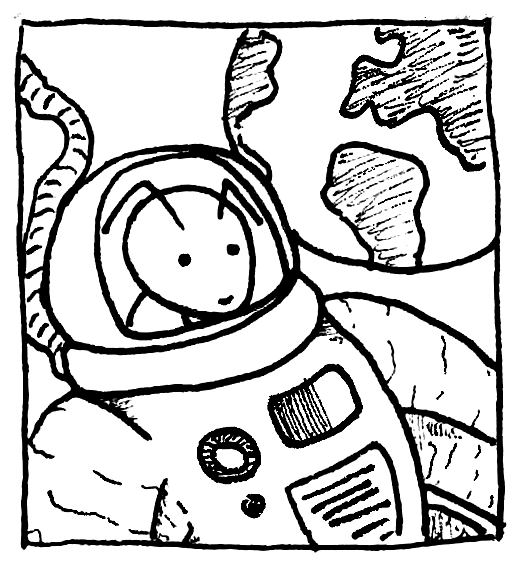
Giving Bugs a Chance
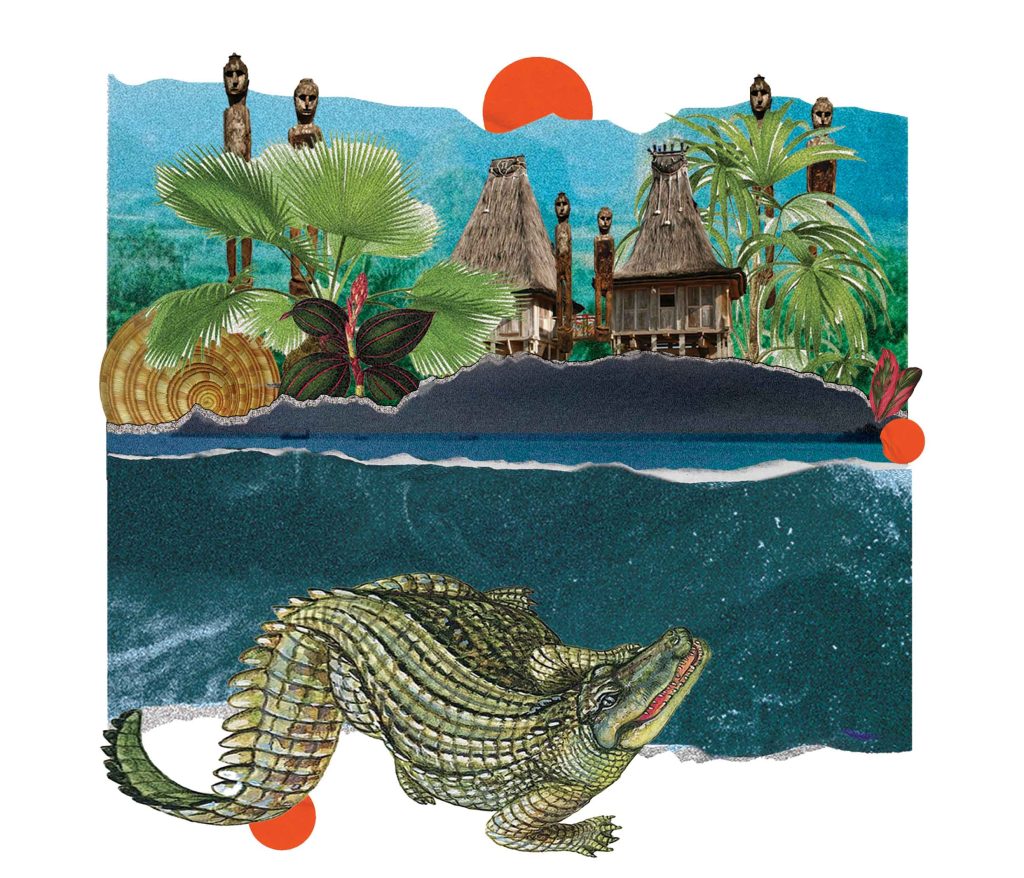
Sharing a pond with Grandfather Crocodile
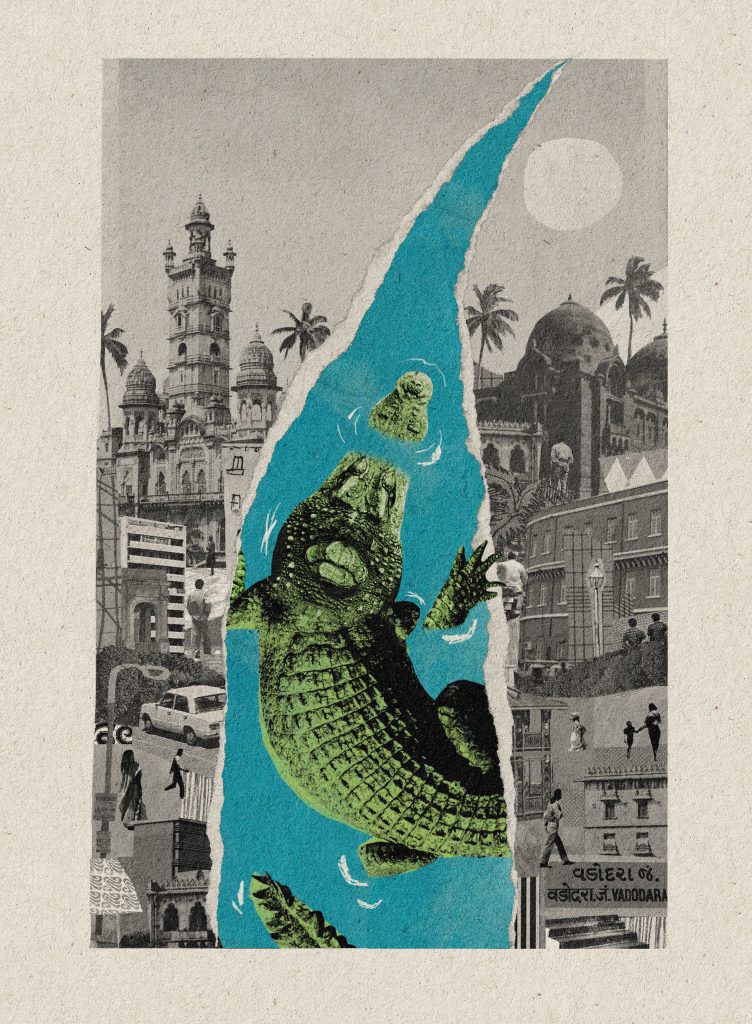
Urban Crocs: The case of muggers in Vadodara
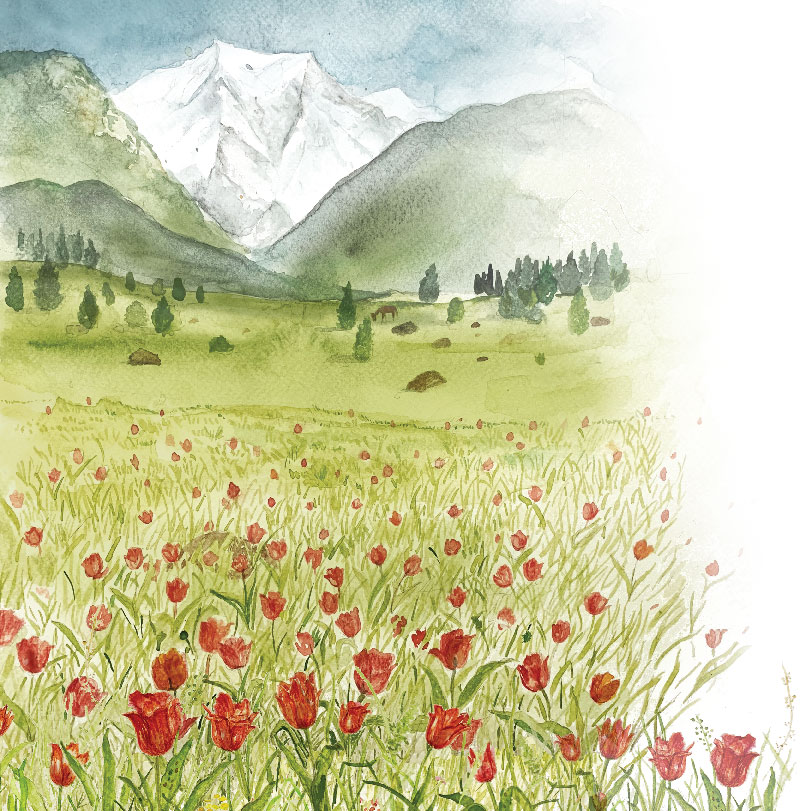
Wild tulips fight to survive in their ancestral home

Linking eco-credits and livelihoods with marine conservation in coastal East Africa

What is conservation? The struggle over boundaries and definitions

Whose grassland is it anyway?

How does political ecology help us understand the social implications of the 30×30 conservation initiative?

Changing behaviour for conservation means thinking about social relations

Plant pilfering and the pandemic

Trees—the auditees of nature

Trophy’s choice: How the link between trophy hunting and white land ownership challenges notions of community empowerment in Namibia

Rural Namibians respond to anti-hunting campaigns

The promise of the seagrass revolution and why coastal communities must lead it

Saving zoos, their science and conservation impact, from extinction

Diversity — the secret sauce of conservation success

Why we need fresh water – and also what lives in it

‘The Plastic Age’ – Harmful Effects and Solutions

When an elephant dies
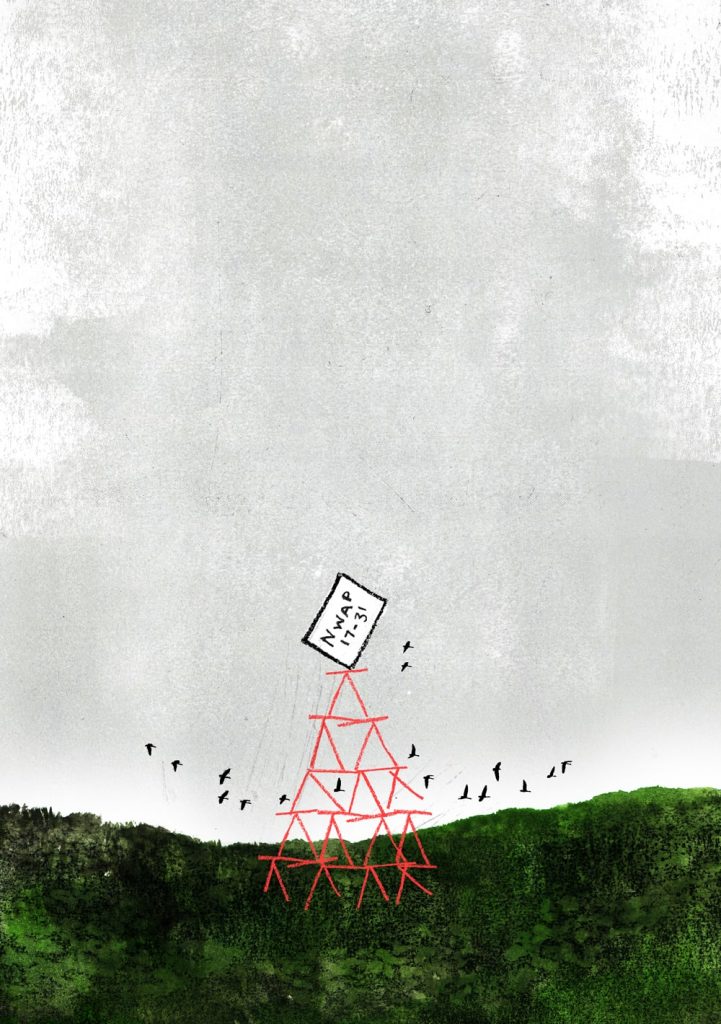
India’s new National Wildlife Action Plan: lacking action and plan

Poor devils

Who does conservation science and why that matters: a personal perspective

Dogs at the edge
donate
Conservation is for everyone, and we help you understand it.
Donate